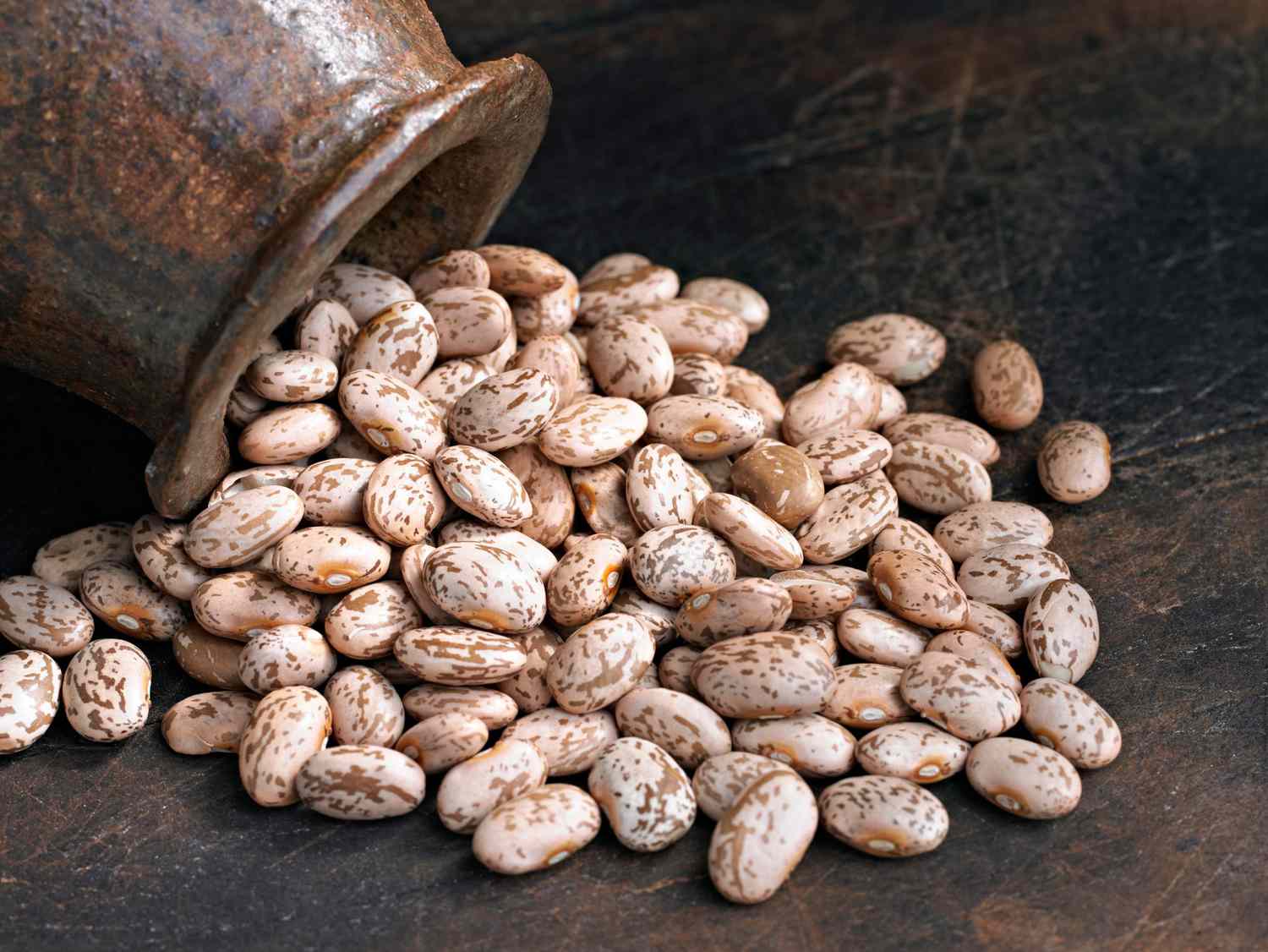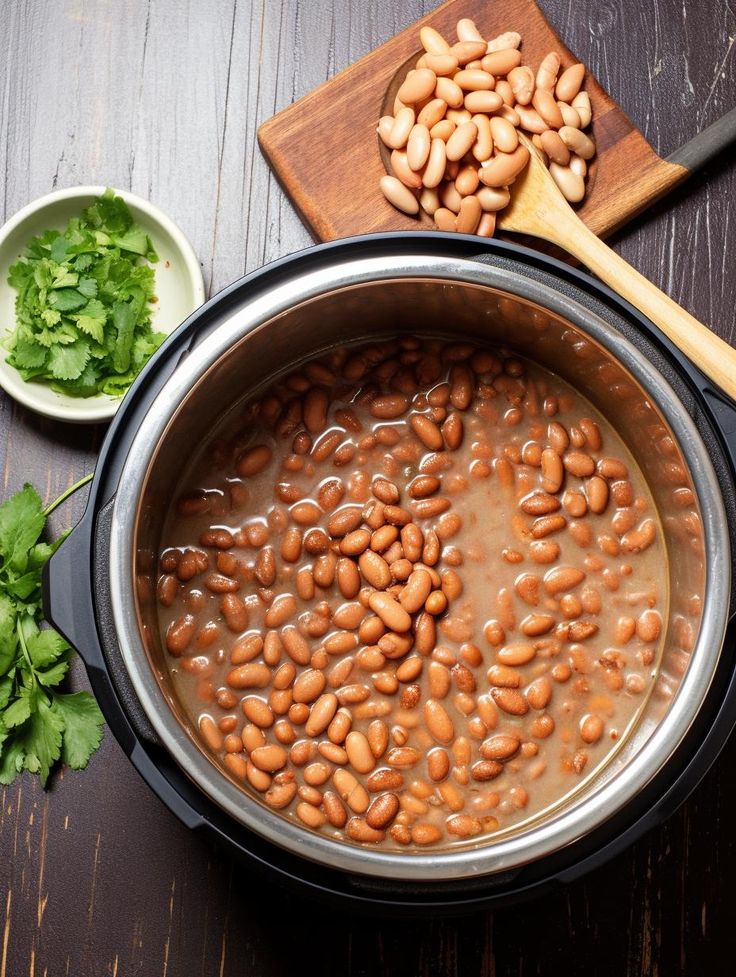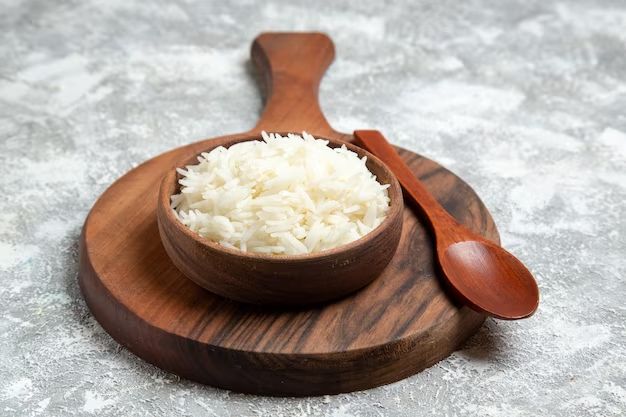Categories
The latest content
-

Customs Clearance & Import Regulations for Bulk Iranian Pinto Beans in EU, Middle East & Africa
..
-

Quality Control & Laboratory Testing Standards for Iranian Pinto Beans
..
-

Logistics & Shipping Solutions for Bulk Iranian Pinto Bean Exports
..
-

Minimum Order Quantity (MOQ) & Bulk Pricing for Iranian Pinto Bean Buyers
..

Tags
Customs Clearance & Import Regulations for Bulk Iranian Rice

Importing bulk Iranian rice offers buyers access to one of the most aromatic, nutritious, and high-quality rice varieties in the global market. However, before the product reaches warehouses, wholesalers, or government procurement programs, it must successfully pass customs clearance and meet the import regulations of the destination country. Understanding this process is essential for wholesalers, distributors, government agencies, and institutional buyers who require smooth transactions, legal compliance, and efficient delivery.
In this guide, we explain the step-by-step customs clearance process, the required certifications, and the regulatory framework for importing Iranian rice into different regions, including the European Union (EU), Middle East, Africa, and Asia.
Why Customs Clearance Matters in Rice Importation?
Customs clearance is more than a bureaucratic step; it ensures that imported rice complies with the food safety, agricultural, and trade standards of the importing country. Delays or missing documents can lead to port storage fees, rejections, or even confiscation of goods. Therefore, a proactive approach with proper documentation and logistics planning is critical.
Key Documents Required for Iranian Rice Import
The following documents are typically required for smooth customs clearance of bulk Iranian rice:
1. Commercial Invoice – Detailing product specifications, quantity, unit price, and total value.
2. Packing List – Listing bag counts, weights, and lot numbers.
3. Certificate of Origin (COO) – Issued by the Iranian Chamber of Commerce, confirming the rice’s Iranian origin.
4. Phytosanitary Certificate – Issued by Iran’s Ministry of Agriculture, certifying that the rice is pest-free and safe.
5. Health & Safety Certificates (ISO/HACCP) – Required by many countries to ensure compliance with food safety standards.
6. Bill of Lading (B/L) – Sea or air transport document issued by the carrier.
7. Import License – Depending on the country, importers may need a license or special authorization.
8. Customs Declaration Form – Mandatory for clearance in most countries.
Import Regulations by Region
1. European Union (EU)
• Tariffs & Duties: The EU applies Common Customs Tariffs (CCT) to rice imports. Tariff quotas may apply depending on trade agreements.
• Food Safety: Compliance with EU Regulation (EC) No 178/2002 and ISO/HACCP is essential.
• Documentation: Phytosanitary certificates are strictly checked at entry ports.
• Sustainability: The EU emphasizes traceability and non-GMO certification.
2. Middle East (UAE, Saudi Arabia, Qatar, etc.)
• Halal Certification: Required for government tenders and institutional catering.
• Quality Standards: GCC Standardization Organization (GSO) requirements apply.
• Import Licenses: Many Gulf countries require pre-approval from Ministries of Agriculture or Food Safety Authorities.
3. Africa (AU Member States, Nigeria, Kenya, South Africa, etc.)
• Food Security Programs: Many African governments import rice for national stockpiles.
• Regulatory Bodies: Each country sets its own import tariffs and restrictions, often influenced by WTO agreements.
• Customs Efficiency: Ports in Mombasa, Durban, and Lagos require accurate documentation to avoid delays.
4. Asia (India, Pakistan, China, Southeast Asia)
• Competition: These countries often produce rice themselves, but Iranian varieties are imported for premium markets.
• Documentation: Import licenses and health certificates are required.
• Market Preference: Long-grain aromatic varieties like Sadri and Tarom are especially in demand.
Common Challenges in Importing Iranian Rice
• Customs Delays due to incomplete paperwork.
• High Tariffs in markets with protectionist policies.
• Quality Checks that may require additional laboratory testing.
• Currency & Payment Regulations for international trade settlements.
How Tamila Agrifood Simplifies the Process?
At Tamila Agrifood Company, we specialize in bulk export of premium Iranian rice and provide end-to-end customs support:
• Preparation of all export documents, including COO, phytosanitary, and ISO/HACCP certifications.
• Coordination with freight forwarders for multimodal logistics solutions (sea, land, and air).
• Guidance on tariffs, duties, and import regulations for specific countries.
• Support with framework agreements for governments, wholesalers, and institutional buyers.
By working with us, buyers can avoid customs bottlenecks and ensure their rice shipments arrive on time, every time.
Conclusion
Importing bulk Iranian rice requires careful attention to customs clearance and regulatory compliance. From the European Union’s strict safety rules to the Middle East’s halal certification requirements, each region has unique import regulations. By partnering with an experienced supplier like Tamila Agrifood Company, buyers gain not only premium-quality rice but also peace of mind in global trade operations.
Whether you are a wholesaler, government procurement agency, or food distributor, we ensure that your bulk rice imports meet all customs requirements while arriving efficiently and cost-effectively.
Email: tamilaagrifood@gmail.com
WhatsApp for Quotations: +989141858935



